Contents
Quail eggs have many useful properties: they are saturated with vitamins, microelements (including such vital ones as iron and potassium). However, their cost is quite high. For this reason, farmers try to breed quails for different purposes. Some people want to diversify their table with tasty and healthy products. Others are breeding these birds for commercial purposes. In both cases, you need to have an idea when the quails begin to rush, and what measures need to be taken if the egg production suddenly falls.
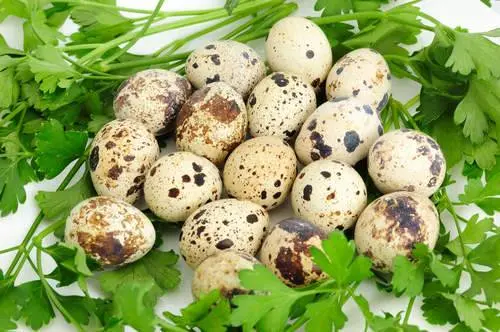
Age when quails lay
One of the main advantages of quail is the early maturation of birds. Quails rush very early – at 35-40 days of age. The live weight of the bird is one hundred grams. Sexually mature males emit a characteristic cry, while females whistle barely audibly. Quail productivity is influenced by factors such as age and breed of birds.
The number of eggs in the first month is not more than eight. Then the egg production of quails increases significantly (up to 25 per month from the female). The number of eggs per year per bird is about three hundred pieces.
When do quails start laying eggs? As a rule, they begin to rush in the afternoon or late evening. Japanese quails lay eggs after being fed.
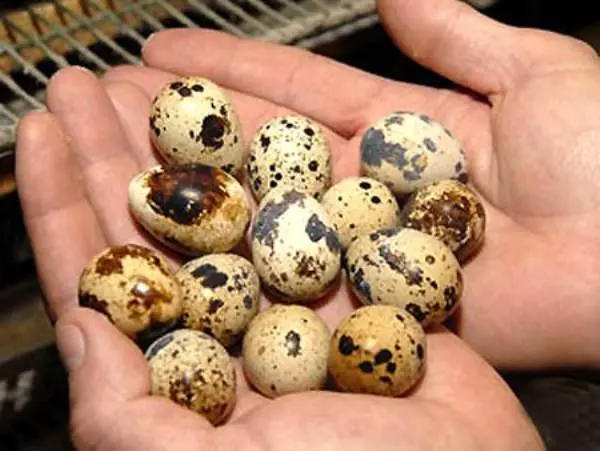
Causes of Decreased Productivity
If egg production has fallen or the bird is not rushing, the reasons may be:
- Incorrect lighting. Like chickens, quails will only start laying eggs when there is light. Many use lamp lighting to increase egg production. But here it is important to observe the measure. Staying in the light for more than ¾ of the day makes the bird shy and nervous, so quail egg production, on the contrary, will decrease.
- Wrong temperature setting. Quail are quite heat-loving birds, so it experiences discomfort at temperatures below 20 degrees. The optimum temperature range is 20-25 degrees. If the air temperature exceeds 25 degrees, the birds eat worse, and productivity indicators decrease.
- Drafts in the room. In this case, not only the number of eggs decreases, but the bird loses feathers.
- Increase in air humidity over 75%. At the same time, dry air does not contribute to an increase in egg production.
- Unbalanced Diet. If you want to make females more productive, give quails a balanced diet rich in protein. It is also important to know how much to feed and when to feed the quail.
- Excessive crowding of birds in cages. If the birds are crowded in overcrowded cages, then this affects productivity negatively.
- Stress from transportation. Transport itself is stressful for the birds. In addition, quails will need a couple of weeks to adapt. If we talk about stress, then excessively harsh sounds frighten the bird and do not have the best effect on egg production.
- Molting. Moulting quails stop laying completely.
- Change of male quail. For about a week, quails do not rush. Nothing can be done here – you need to be a little patient.
- Diseases. A decrease in the number of eggs or changes in the shell indicate that the bird may not be healthy or injured. Even if there are no visible signs of the disease, you should consult a veterinarian.
- Natural aging of the body. How long does a laying hen remain productive? After 10 months, the quail begins to lay fewer eggs. However, the egg-laying period lasts up to 30 months.
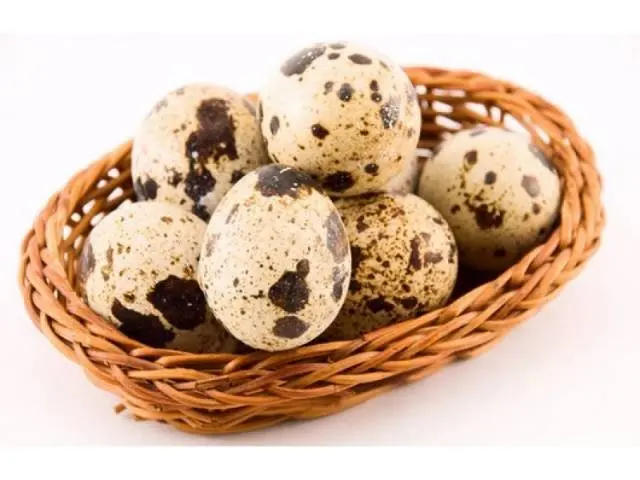
Ways to increase egg production
There are a lot of reasons that can cause a decrease in egg production. Therefore, it is quite difficult to immediately find the reason that the birds began to rush less. In addition, even if the birds are rushing steadily, no one will refuse to increase the production.
So, first of all, a balanced feed with a large amount of protein affects the increase in productivity.
- The source of protein and amino acids is fish and bone meal.
- Shells and gravel added to the feed contain minerals that make the shell stronger.
In addition, it is necessary to monitor the nutrition of birds. They need to be fed three times a day at the rate of approximately 30 grams of feed per adult bird. It is necessary to introduce minerals and vitamins into the diet of pets. We must not forget that you need to periodically invite a veterinarian for a preventive examination.
Be sure to ensure that the optimal microclimate is maintained in the cage. Stick to the optimal (from 20 to 22 degrees) air temperature. The ideal indoor humidity is 70%. Keep an eye on the lighting, using electric lamps with soft light. Daylight hours are not more than 18 hours. Experienced poultry farmers advise arranging “dawn” and “sunset” for the birds, smoothly adjusting the lighting.
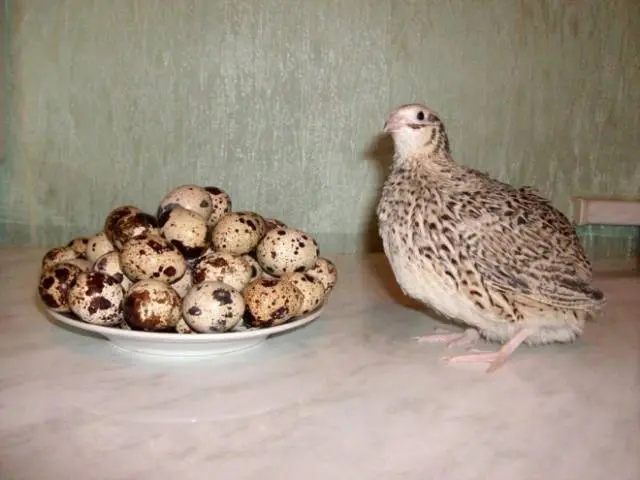
The slogan “Cleanliness is the key to health” with quails works one hundred percent. And the point here is not only in regular cleaning of cells (although this is necessary). It is advisable to periodically place troughs in the cells, into which ash and sand are poured. Bathing in this mixture, quails not only clean their plumage, but also get good prevention of skin diseases.
Do not transfer birds from one cage to another too often. This makes the laying hens nervous and does nothing to increase their productivity. How to link this to less disturbing the birds? The somewhat inclined floor in the cage, made of lattice material, helps out. Litter falls on a pre-spread newspaper. It remains to periodically change the newspaper – and the cage is always clean. Drinkers and feeders are located on the outside of the cage. It also greatly simplifies the cleaning of the quail “housing”.
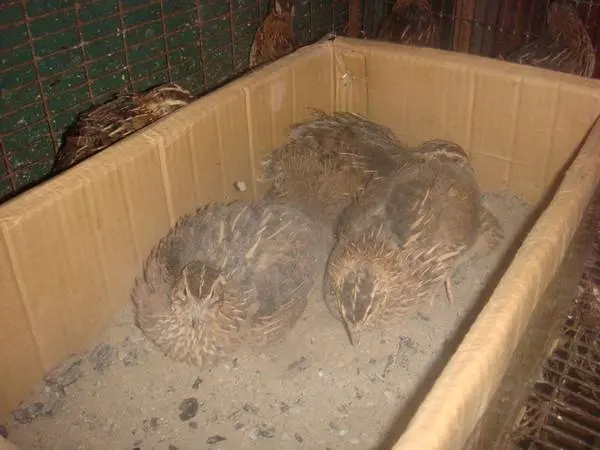
The most popular quail egg breeds
All breeds of quails are conditionally divided into meat and egg. The first include such birds as Pharaoh, Manchurian quail. The relatively low egg production is compensated by the rather large weight of the birds and the good quality of the meat. Now let’s talk about egg breeds.
Japanese
This is the most common egg breed. No matter how much the breeders tried to make the “Japanese” meat, the attempts so far have not been successful. Fortunately or unfortunately, we don’t know. The maximum weight of females is 180 grams. Males are somewhat smaller (150 grams). Quail carries more than 300 pieces per year. The average weight of one egg is 11 g.
How do quails lay? The age of physiological maturity of Japanese quails is about 60 days. Birds become sexually mature at the age of about 45 days. Disadvantage of the breed: for good productivity, quails need a balanced diet and careful care. “Japanese”, in addition to high egg production, are very beautiful. They are even kept as ornamental birds. In addition to the classic variegated color, there are white, white-breasted and even golden individuals.
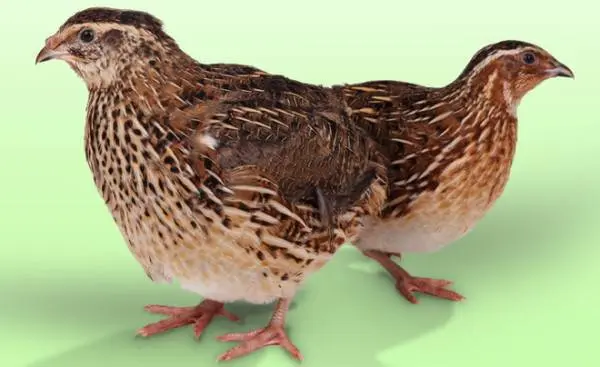
Estonian
Guests from the Baltics are very popular on , Central Asian and Ukrainian farms. The secret of the success of the Estonians is in their unpretentiousness, as well as in the versatility of the breed (meat-and-egg direction). A quail carries up to 280 pieces per year. Quail eggs weigh about 12 grams. The mass of the female reaches 200 g, the male – 170 g. The quail’s egg-laying period begins at 40 days of age. The disadvantage of this breed is some gluttony. Feed these birds consume a little more than others.
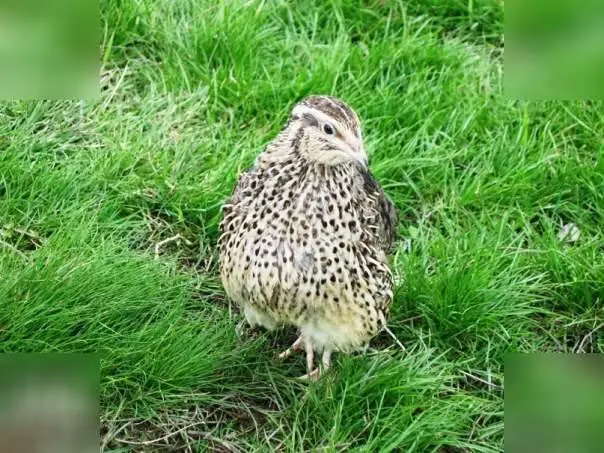
English whites
As the name of the breed implies, these beauties have a snow-white color with rare dark feathers. When breeding this breed, Japanese quails were used, which gave the “English” their sign – high egg production (up to 280 pieces per year). Unlike the capricious “Japanese”, the “English” are relatively unpretentious. The mass of 1 egg is 11 grams. At what age do English white quails start laying? Egg-laying begins at about 41 days of age.
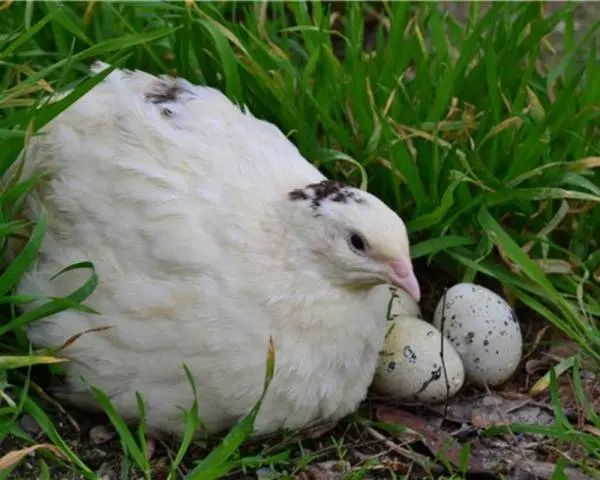
Tuxedos
Very beautiful white-breasted birds with a black saddle-“tuxedo” on the back. This breed belongs to the category of egg. The female lays about 280 pieces. per year for 11

Marble
This breed is a mutation of the Japanese quail. The annual egg production rate is 300 pieces of 10-11 g each. They differ from the classic Japanese birds in their grayish plumage with a marble tint.
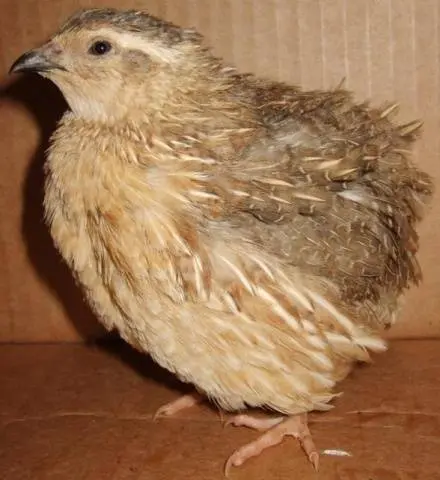
Conclusion
The right choice of breed and careful care make it possible to achieve good productivity indicators.









